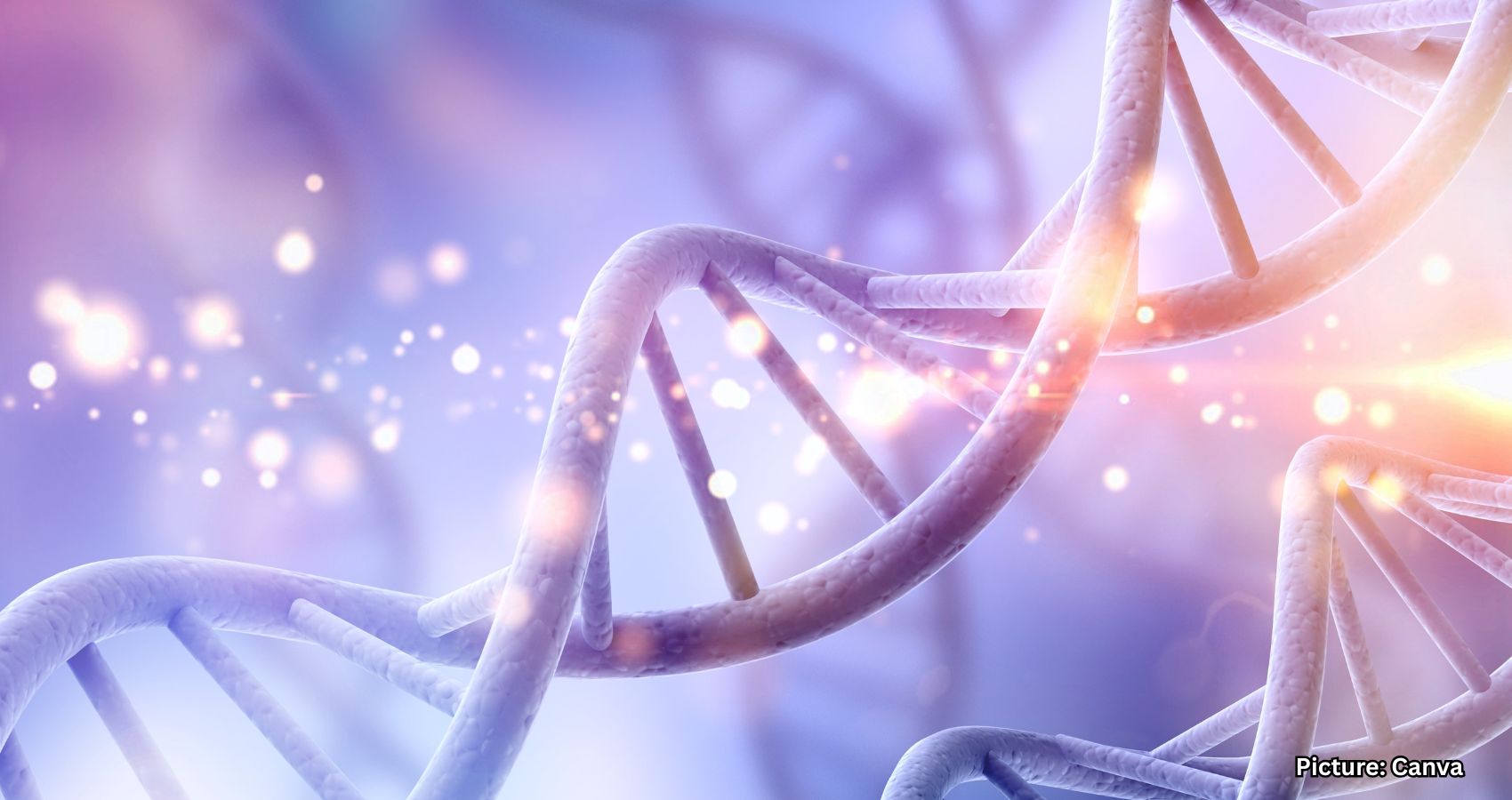Recent research is reshaping our understanding of the origin of life on Earth, challenging long-standing theories about amino acids and their role in early biological systems.
Recent scientific studies are challenging established theories regarding the origin of life on Earth.
Traditionally, it was believed that amino acids, the building blocks of proteins, formed in a specific order and played a central role in the emergence of life. However, new research indicates that this sequence may not be as straightforward as once thought.
A team of researchers from the University of Arizona has examined protein domains—key components of genes—tracing them back to the last universal common ancestor (LUCA). Their findings suggest that certain amino acids, such as tryptophan, might have been more prevalent before LUCA than previously assumed. This challenges the conventional model that prioritizes the frequency of amino acids in early life forms.
These revelations imply that early genetic systems could have existed prior to the life forms we recognize today. Additionally, the study proposes the possibility of noncanonical amino acids playing a role in prebiotic environments, such as alkaline hydrothermal vents. This opens new avenues for understanding how life might have originated under different conditions than traditionally considered.
The implications of this research extend beyond Earth’s history. If life could have arisen from alternative amino acid sequences or prebiotic genetic systems, it suggests that life elsewhere in the universe might also be based on different biochemical foundations. This perspective encourages a broader search for extraterrestrial life, considering a wider range of chemical compositions and structures.
As scientists continue to explore these new theories, our understanding of life’s origins is evolving. This ongoing research underscores the complexity of life’s beginnings and the need for open-mindedness in scientific inquiry, according to Global Net News.
Source: Original article

